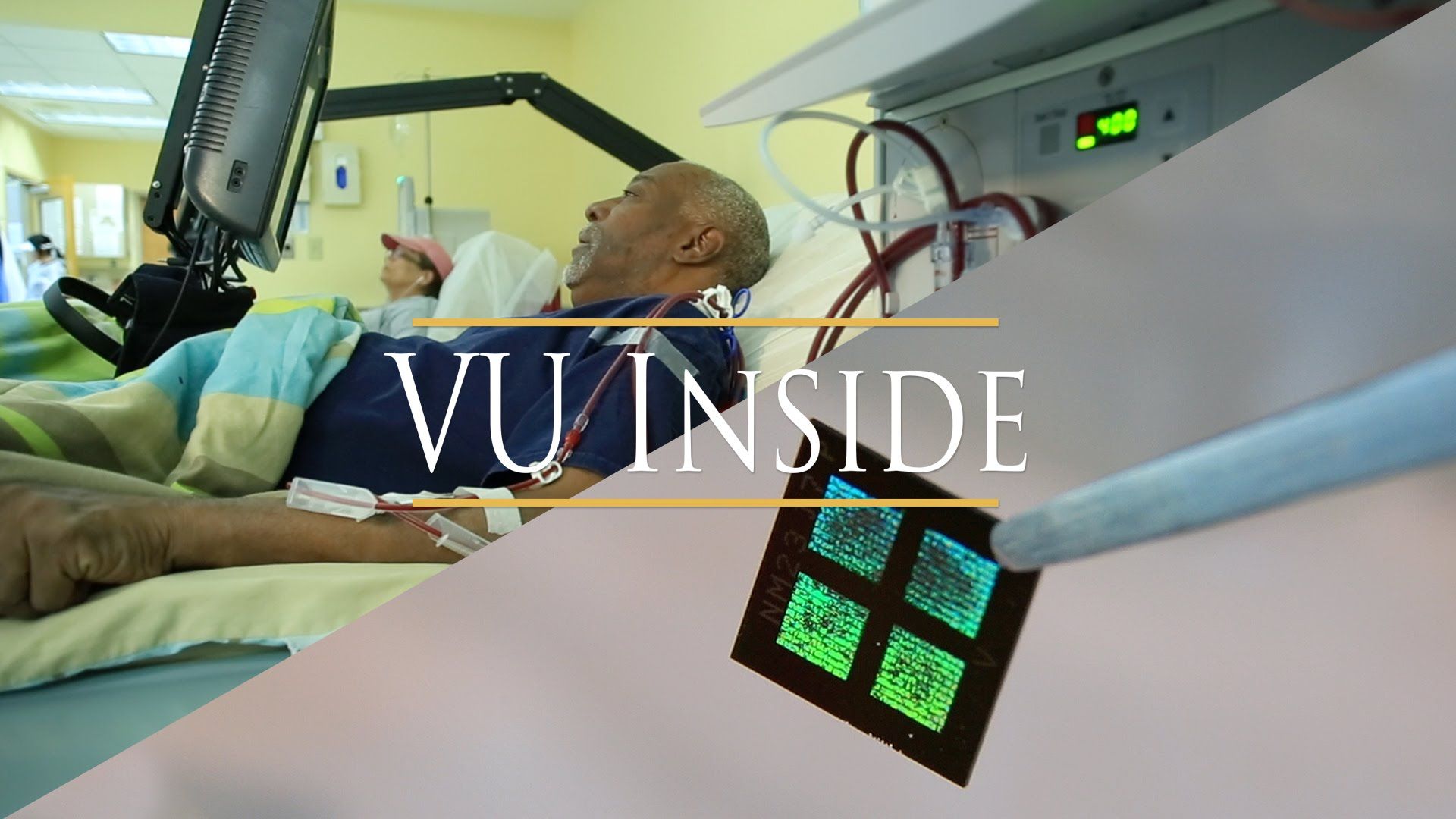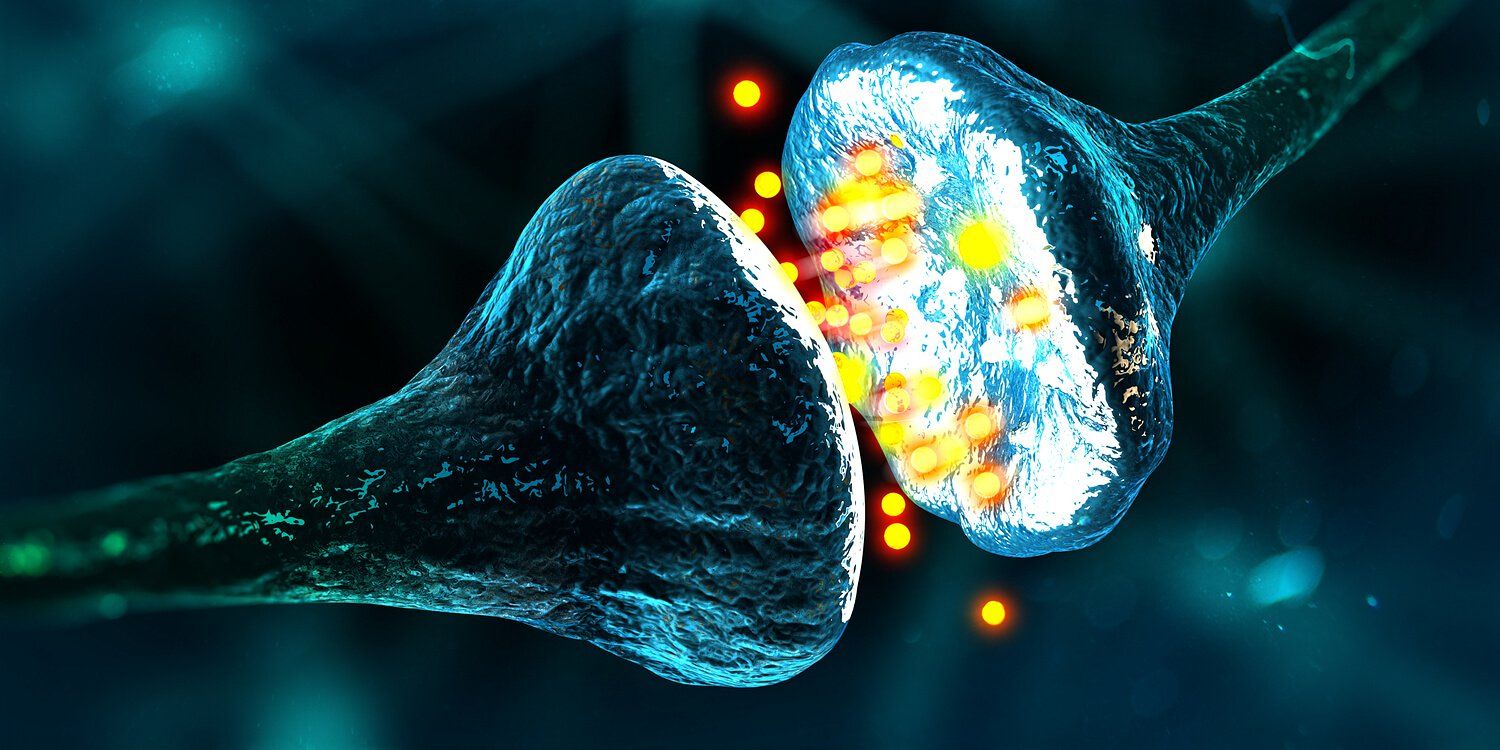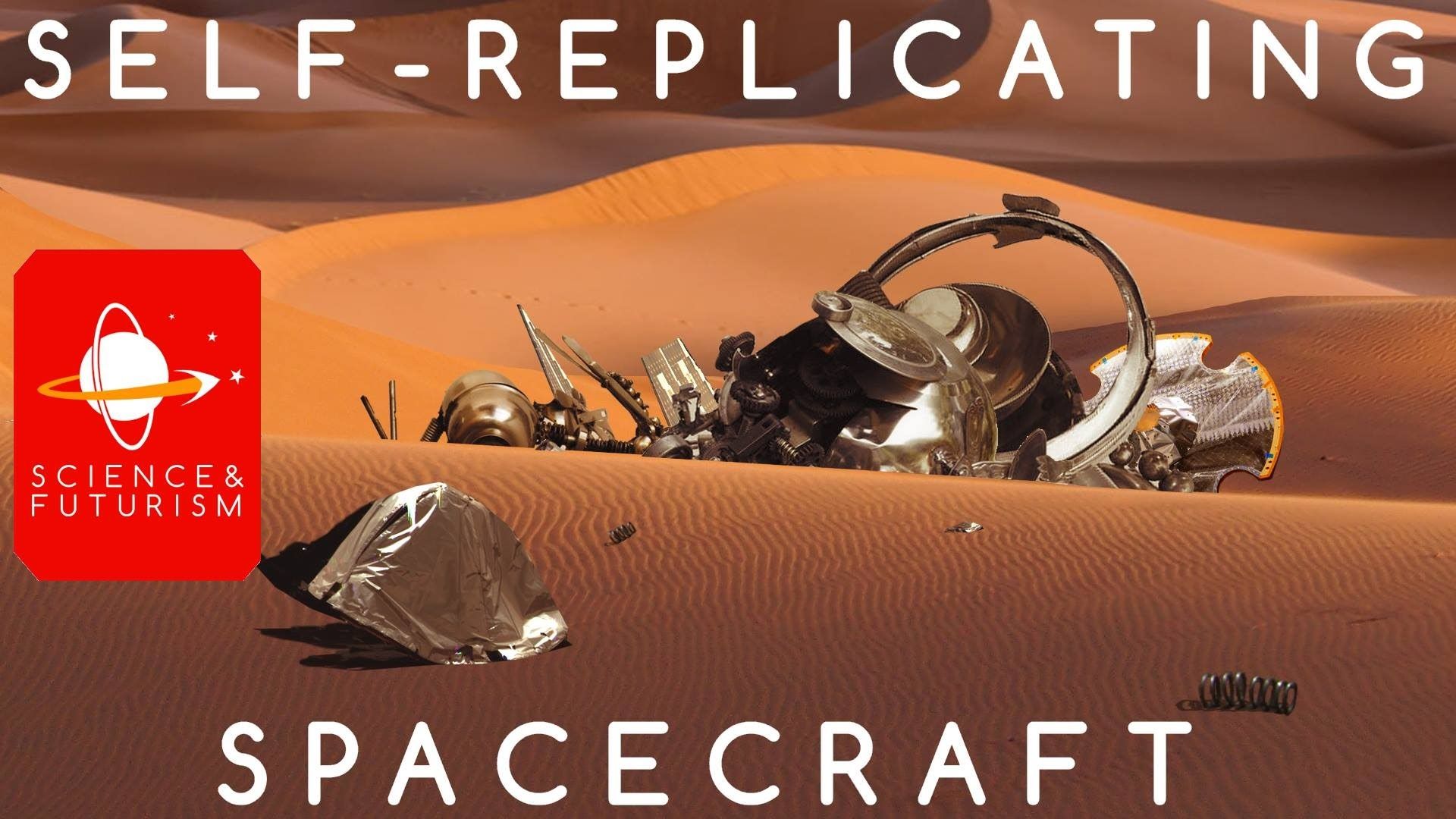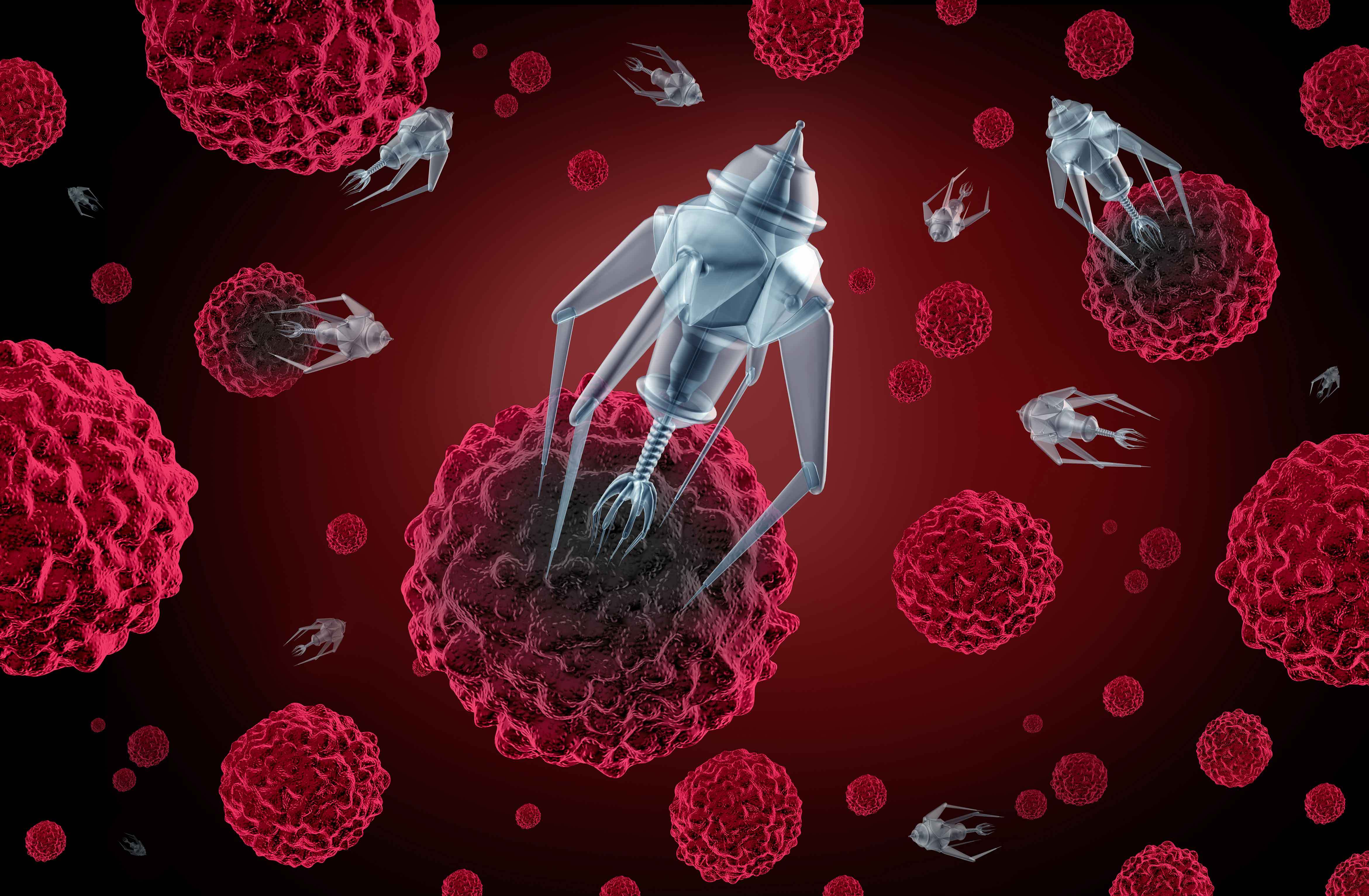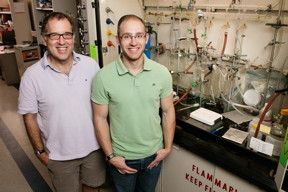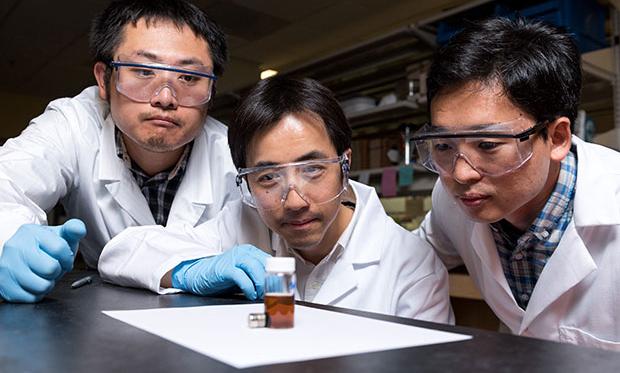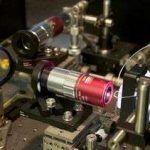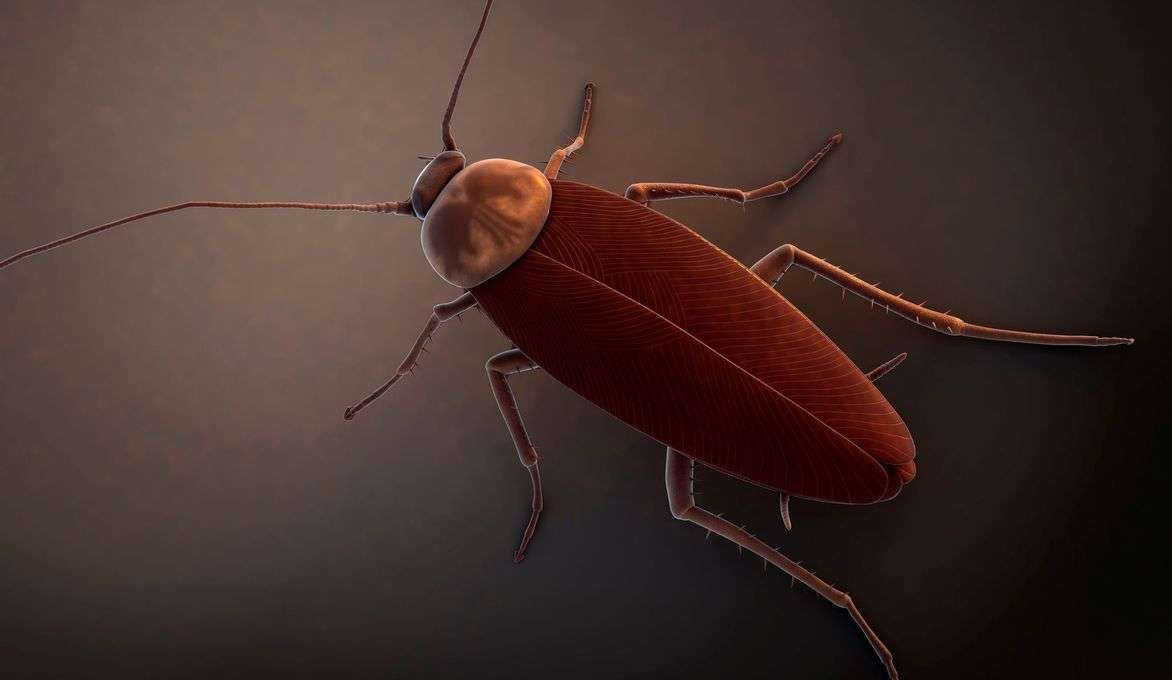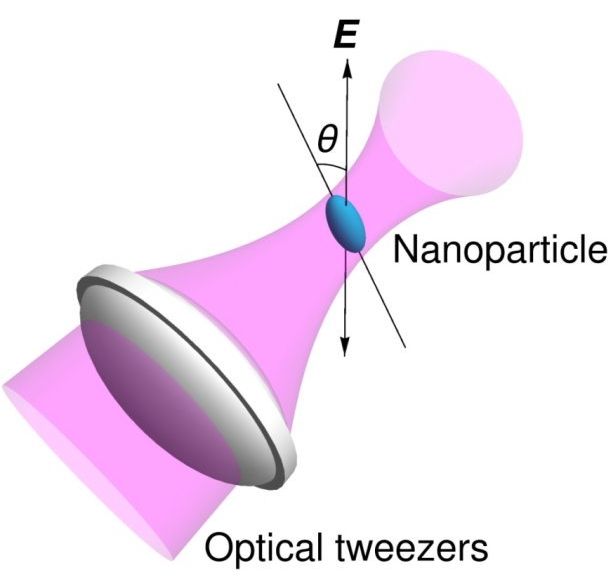Sep 19, 2016
Part Nano-Tech, Part Living Cells: Scientists Build A First-Ever Artificial Kidney
Posted by Shailesh Prasad in categories: biotech/medical, computing, nanotechnology
Scientists at Vanderbilt University have developed a first-ever implantable artificial kidney. The artificial kidney contains a microchip filter and living kidney cells that can function using the patient’s heart, and this bio-synthetic kidney acts like the real organ, removing salt, water and waste products to keep patients with kidney failure from relying on dialysis.
The key to this new development is a breakthrough in the microchip itself, which uses silicon nanotechnology. “[Silicon nanotechnology] uses the same processes that were developed by the microelectronics industry for computers,” said Dr. William H. Fissell IV, who led the team that developed the device.
